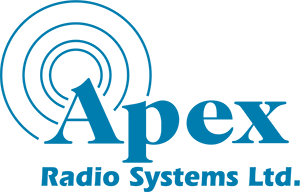ATEX Radios
Equip your team with ATEX radios, designed for communication in potentially explosive or hazardous environments, such as those found in the oil & gas, mining, and waste management industries. ATEX radios, also known as Intrinsically Safe radios, adhere to stringent safety standards to ensure reliable communication without risk.
For more information on our comprehensive range of ATEX Radios and how they can enhance safety in your industry, reach out to us.
The main difference between a licence-free and a licenced radio is the requirement of an Ofcom licence to operate the device. The licence gives you a unique frequency to operate your radios legally and securely.
Licence-free radios are often cheaper to purchase than licenced radios as they come ready to use out of the box. However, as they are out-of-the-box ready, anyone can operate on the same frequency, which can mean anyone operating a licence-free radio, in range, on your channel will be able to listen to your conversations, and vice versa, meaning potential issue for the safety and protection of staff.
Traditionally, analogue radios have provided reliable communication between team members, but digital radio has far expanded the capabilities of two-way voice communications. Digital radios provide superior voice quality at the reaches of coverage areas, double the capacity of an existing 12.5 kHz channel and up to 40% longer battery life on a single charge.
VHF stands for Very High Frequency, whereas UHF stands for Ultra High Frequency, and it’s important to understand the difference when searching for your radio solution. Radios operating on VHF frequencies work best on minimal obstructions and have a good line-of-sight for communication. VHF frequencies become weaker and aren’t as effective with obstructions. A UHF radio would be more suitable in cases where there are many dense, solid objects between users, although they have less range. There’s also a wider number of frequencies available to UHF, which means there’s less chance of interference from other systems.
A hand-portable Radio is a battery-operated portable communication device carried by hand or via accessories to clip onto clothing. Desktop/Mobile two-way radio works similar to a hand-portable radio; however, it is in a fixed location, either in a car or on a desk and requires main power. Mobile or Desktop radios are suitable for vehicles, control rooms or in a fixed office location.
